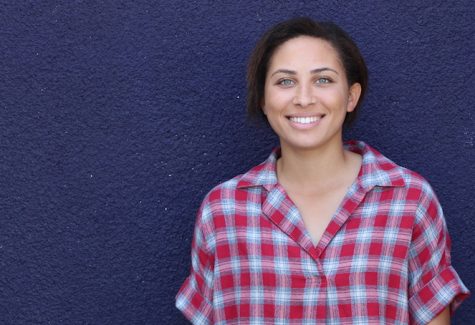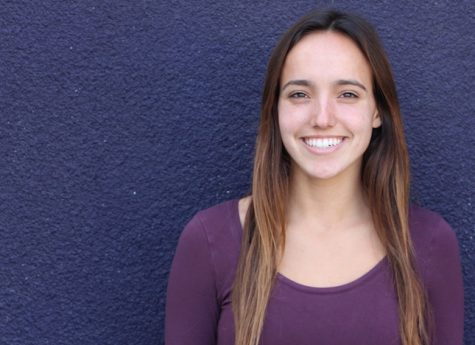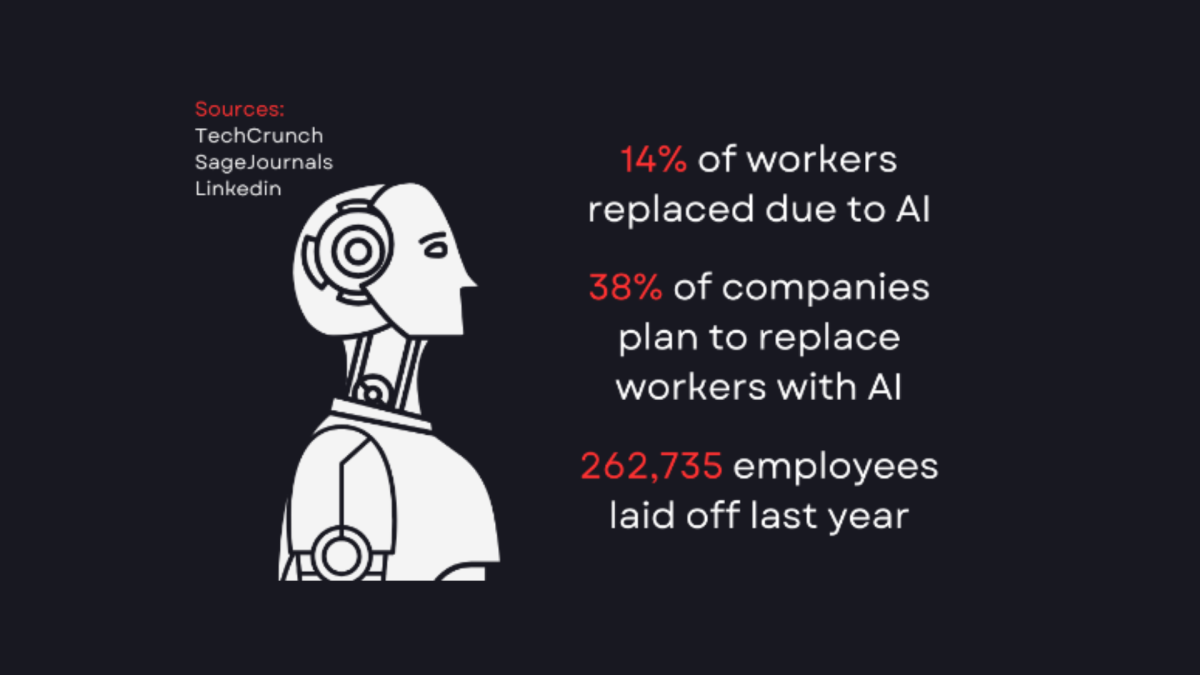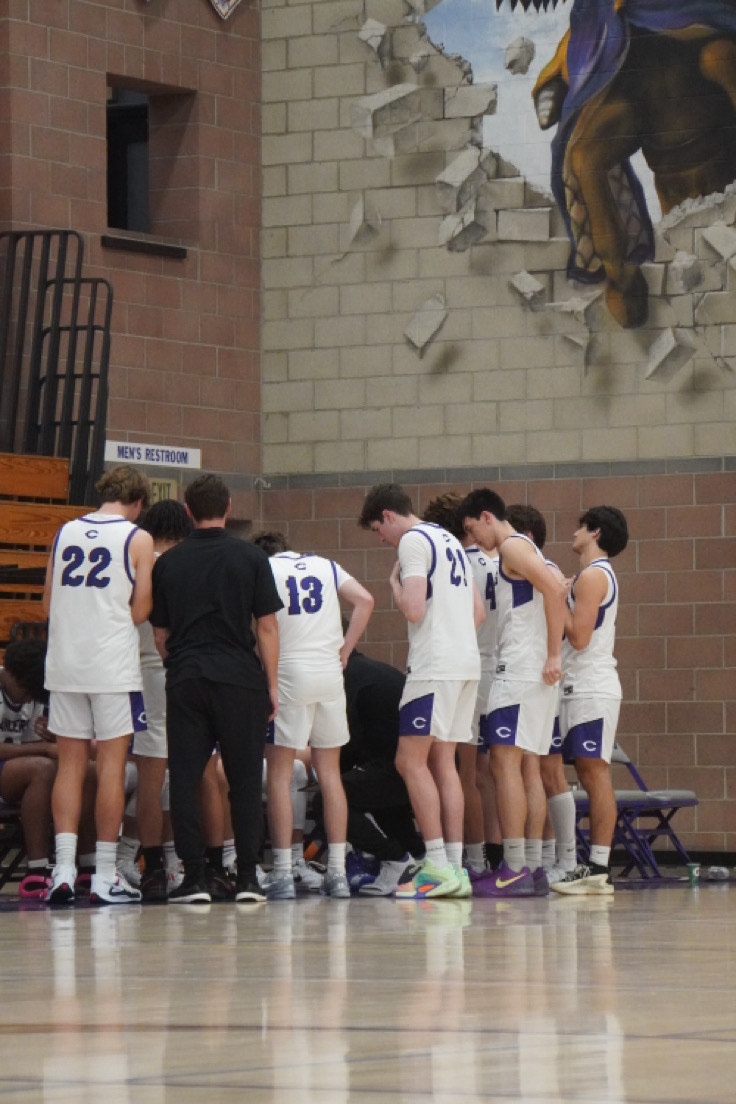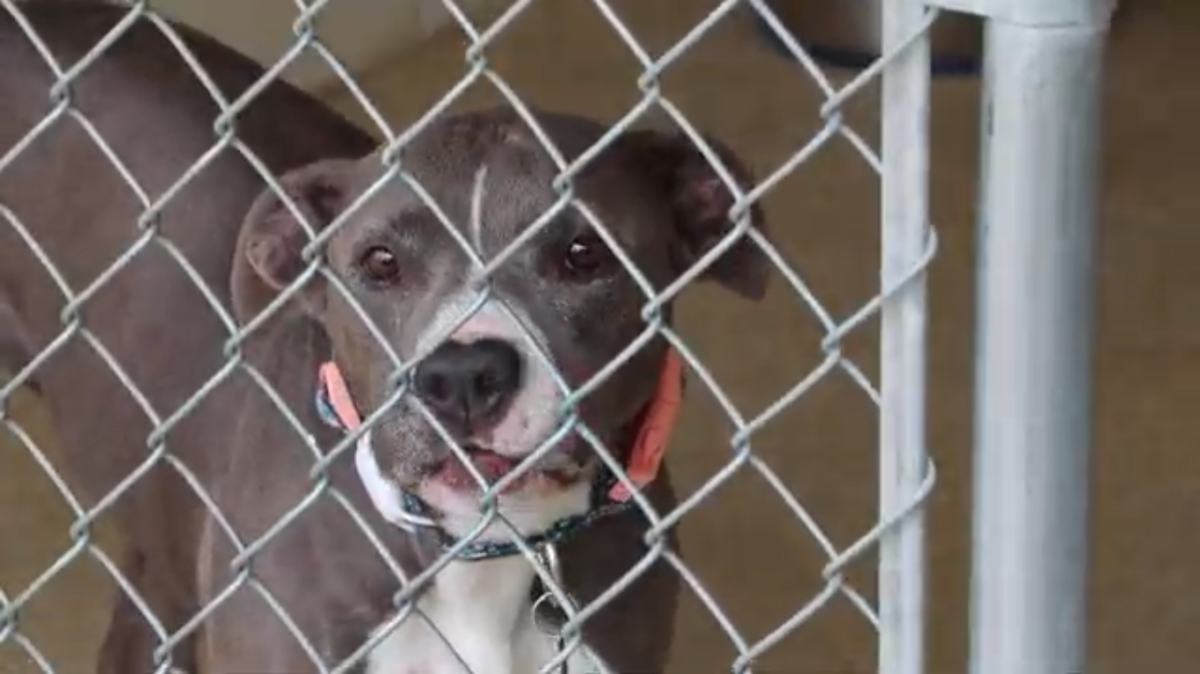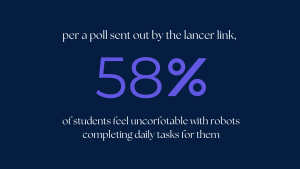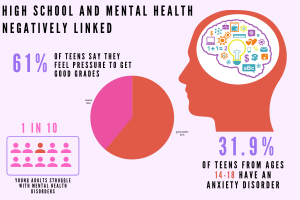Uncovering youth homelessness
He blends into the rest.
September 15, 2016
While homelessness is most visible among adults in large urban areas, every year there are over a million teens throughout the country who experience homelessness. Homeless teens are often hidden in plain sight, even in affluent areas like Carlsbad.
In the 2014-15 school year there were over 23,000 teens identified as homeless in San Diego County. This year, there were 70 in Carlsbad Unified School District.
It is a common misconception that homelessness is limited to mentally distraught adults roaming the streets of low-income areas.
“Homelessness has no borders. It can look so different, it’s not always a person with a backpack with dreadlocks that’s smoking on the beach,” Head of North County Street Outreach Program, Charity Brant said. “It could be the person sitting next to you in class. It’s prevalent everywhere and it could be for something they could not control.”
The lack of funding for teen shelters is due to differing definitions of homelessness between the Department of Education and Housing and Urban Development (HUD). Most of the funding for shelters and homeless services comes to cities and counties through HUD.
“HUD doesn’t count you as homeless if you’re doubled up in someone else’s house, or if you’re couch surfing, so most of the families that the schools serve are invisible to HUD,” Homeless Liaison for the County Office of Education Susie Terry said.
Since cities rely on statistics from HUD, they see larger numbers of homeless adults than kids, and allocate resources accordingly. While teen shelters are somewhat rare, there is a chapter of StandUp For Kids, a national organization for homeless and street kids, in Oceanside.
“We are a do not report facility,” shelter worker at StandUp For Kids in Oceanside Maggie McWhorter said. “We want the kids to know that this is a safe place to come where they’re not going to get turned in.”
Although the public perception often portrays homelessness as a self-inflicted issue, teenagers can come into homelessness in many different ways, and most are through no fault of their own.
“I think school districts sometimes don’t think about that. They think, [homeless teens] have a parent and they’re choosing not to live there, so why should we be required to serve them,” Terry said. “But there’s often times a lot of things that kids aren’t gonna tell the school district about why they can’t be at home.”
What most people might not know is some were kicked out because of their sexual orientation or gender identity.
“There was a brand new report that came out from the administration on children and families that found that over 50% of unaccompanied youth became homeless because a parent or guardian asked them to leave,” Terry said.
Unfortunately, when a minor leaves their home to live on the street, they find that there are fewer shelters for them than there are for adults, and even if they are allowed into adult shelters, they often do not feel safe there.
“Adult shelters are a much more abrasive environment where kids are taken advantage of because they’re young,” McWhorter said.
While some kids are asked to leave their homes, others leave due to abuse or domestic violence.
“We get a lot of youth that say that they would rather live on the streets than get beat up everyday so they leave home,” McWhorter said. “Those are normally our most successful kids because they’re determined to not be their parents so they find a way to be successful and just have that inner-drive.”
If kids don’t feel safe at home, they may join the foster system, but this often does not solve the problem, because 0ver 20% of former foster youth become homeless.
“A lot of our kids are victims of the foster system, because people take in fosters for the check and when that child turns 18, the check stops coming, so they have to get that child out of there house so they can move in another child to continue that income,” McWhorter said.
Even after foster youth become legal adults, they are often unprepared for the adult world.
“They’re over the age of 18 but they’ve been passed from foster home to foster home,” Mcwhorter said. “They’ve never been given any real skill set and then are put on the streets on their 18th birthday.”
For young adults who aren’t ready to go to adult shelters, StandUp For Kids takes them in to help them get a job and even go to school if they want.
“We have extended our age to 22 in order to cover some of that gap with foster youth,” McWhorter said.
However, not all homeless teens live on the street or without their family. Due to the McKinney-Vento Act, schools have their own definition of homelessness defined as, “individuals who lack a fixed, regular, and adequate nighttime residence.”
“There are a lot of times families don’t realize they’re homeless,” Terry said. “They don’t know they meet the criteria because they have shelter, but a large portion of families that are homeless are actually what the law calls ‘doubled up’.”
Living ‘doubled up’ is when a family stays at another’s house, so even though they have a roof over their head, they are still considered homeless by the school district. In addition to the many families that are unaware that they meet the homeless criteria, many also have misconceptions about what will happen if they reveal their status.
“A lot of families don’t realize that they can keep their kids in school even if they lack housing,” Terry said.
According to McKinney-Vento, even if a student becomes homeless and leaves the boundaries of their school district, they still have the right to attend their school of origin.
“A lot of families are worried that if they identify themselves as not having housing that there’ll be some sort of consequence for that at the school, which there’s not,” Terry said.
While dealing with issues like finding food to eat or a place to sleep, homeless teens have a hard time staying in school and as a consequence, are 80% more likely to drop out than other students.
“We believe education is a pathway out of homelessness and that schools are a really good place to get help,” Terry said.
If a student feels unsafe at home or they meet the definition of homeless and want to get resources, they can call 211 or approach a CHS staff member.
“There are a lot of people at school that are safe to talk to if you need help, or if you’re being hurt at home they are required to help you to make a report,” Terry said. “I think talking to somebody at school is one of the best things kids can do.”
The YMCA runs several programs for homeless youth in North County such as Transition Aged Youth run by Charity Brant.
“My job is to give them hope and not make them feel judged or unworthy,” Brant said. “Even if they chose to be homeless, there’s support for them. They’re incredibly worthy to be helped and served.”
For those who want to help, they can donate or volunteer at local shelters or food drives, but for those who can’t, it is also important just to understand the severity of the issue.
“People are willing to help but don’t understand that it is a problem,” Brant said. “While there may not be as many street kids running around in Carlsbad it definitely is still an issue. There’s a perception that it doesn’t exist.”
For those in interested in donating/volunteering:
http://www.ymca.org/yfs/residential-services/street-outreach.html
http://www.sdyouthservices.org/site/PageServer?pagename=Transition_Age_Youth_Academy




